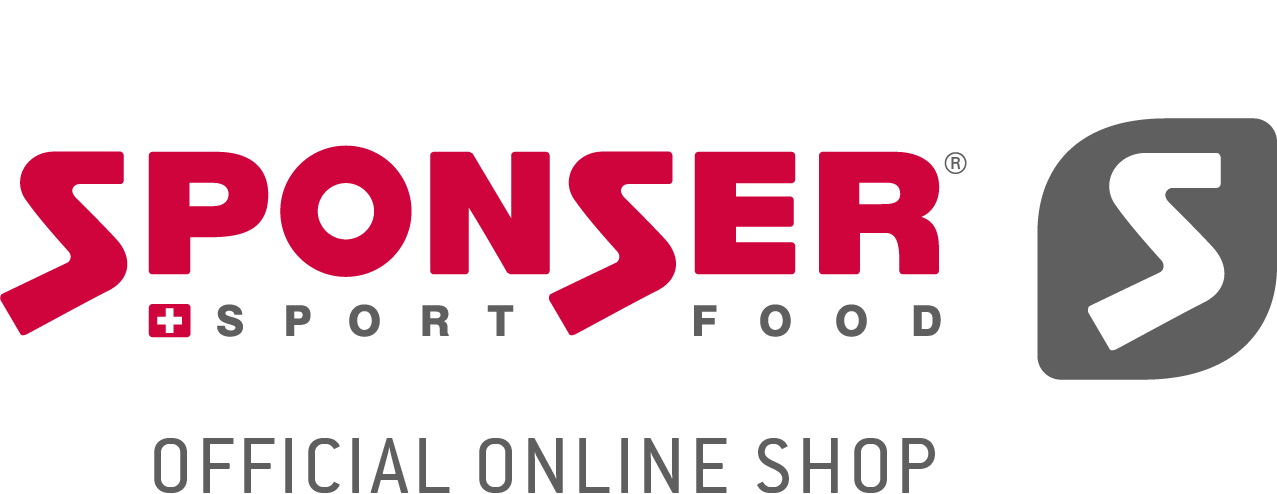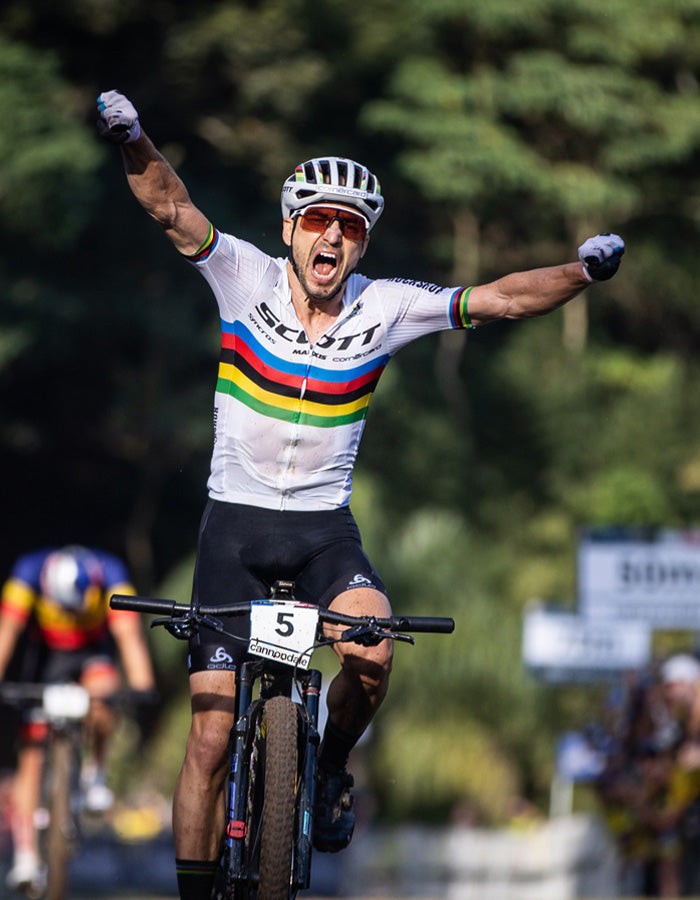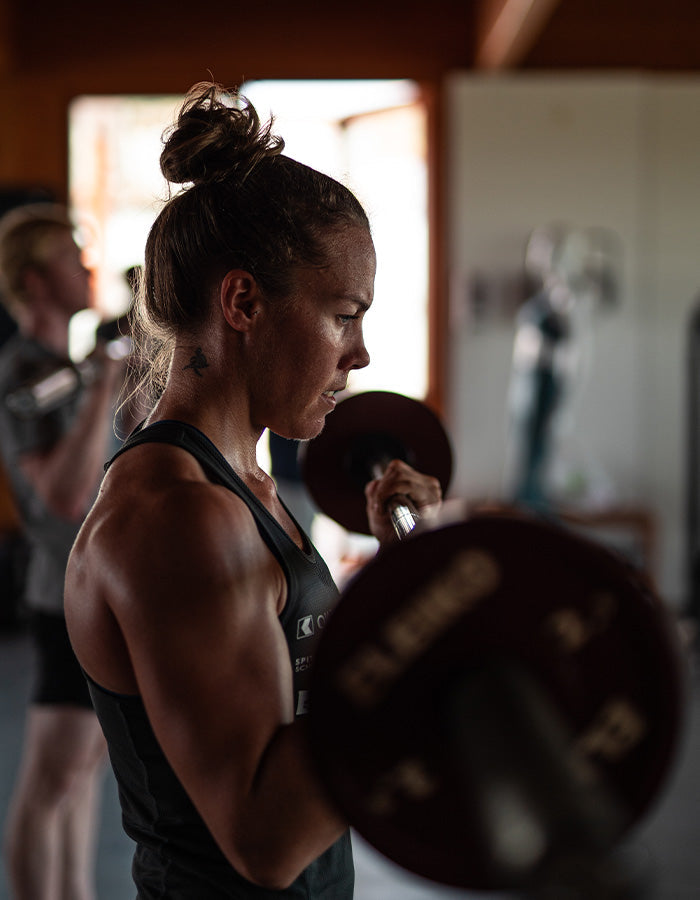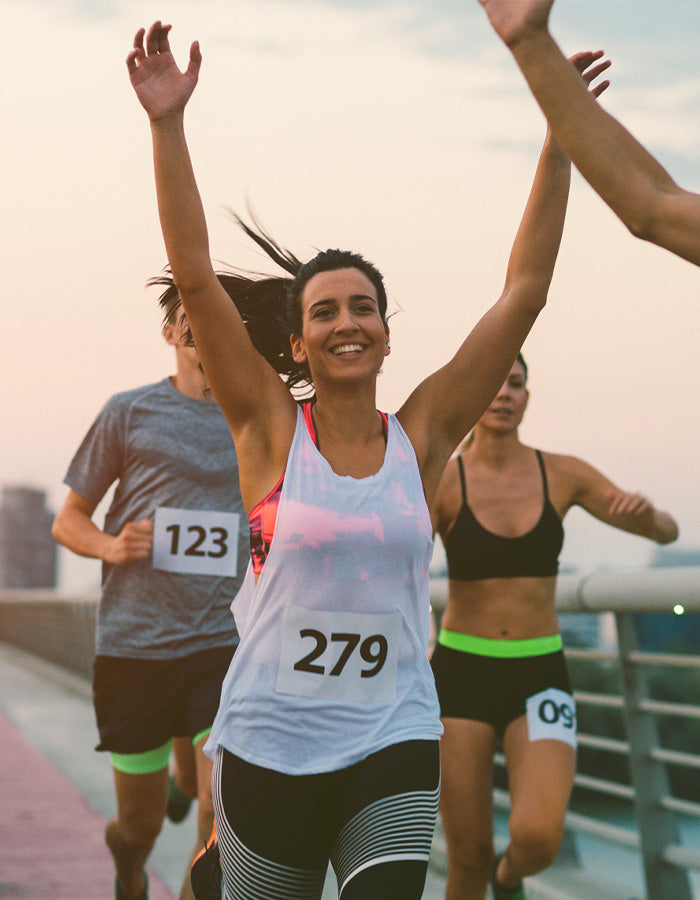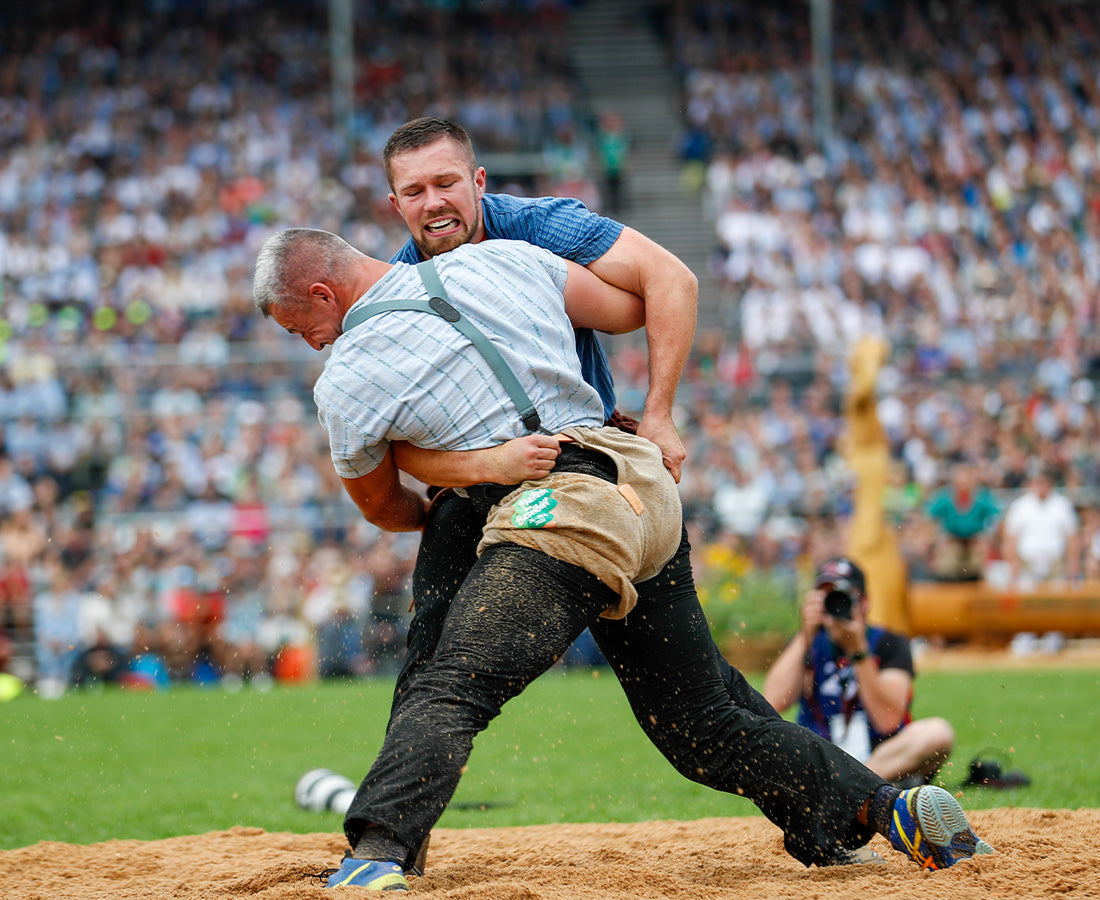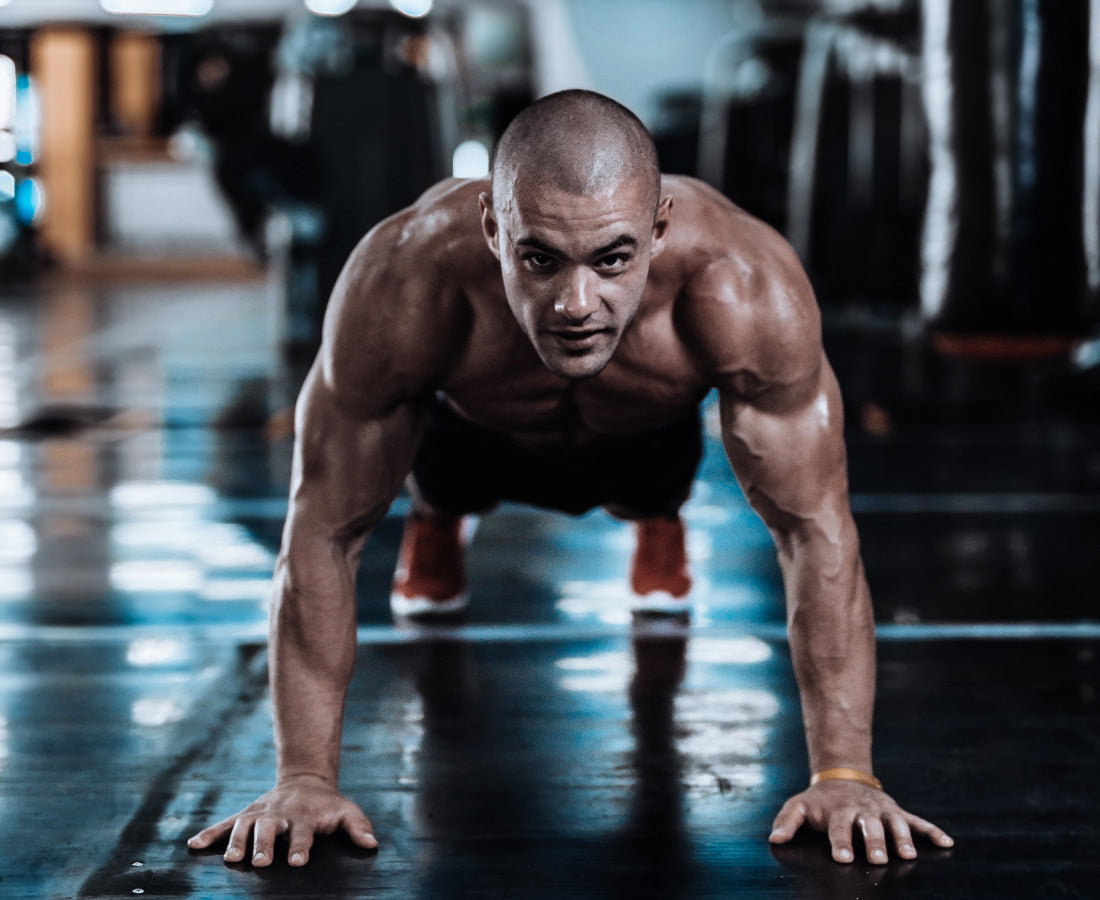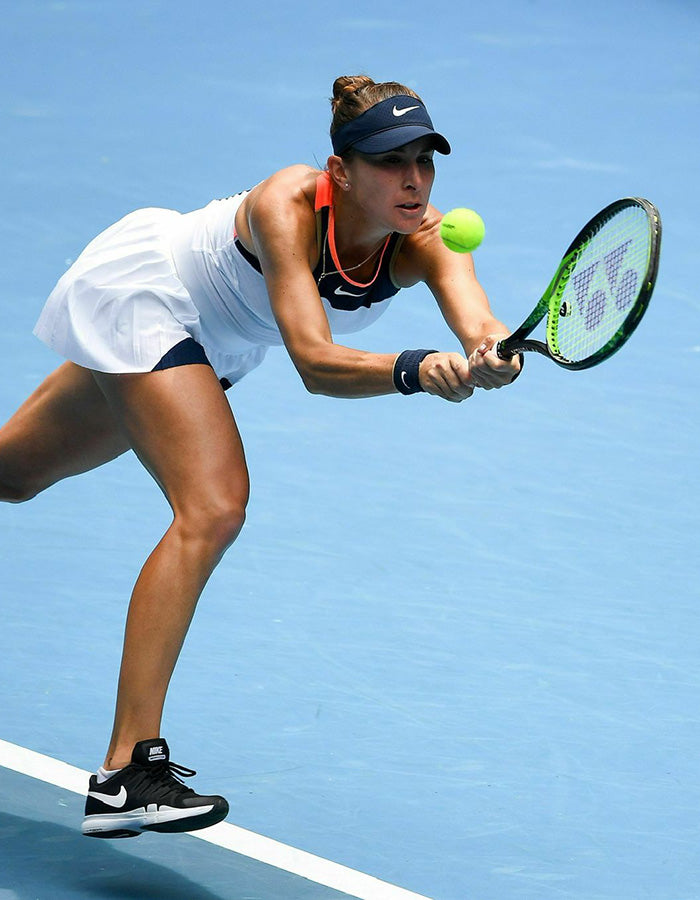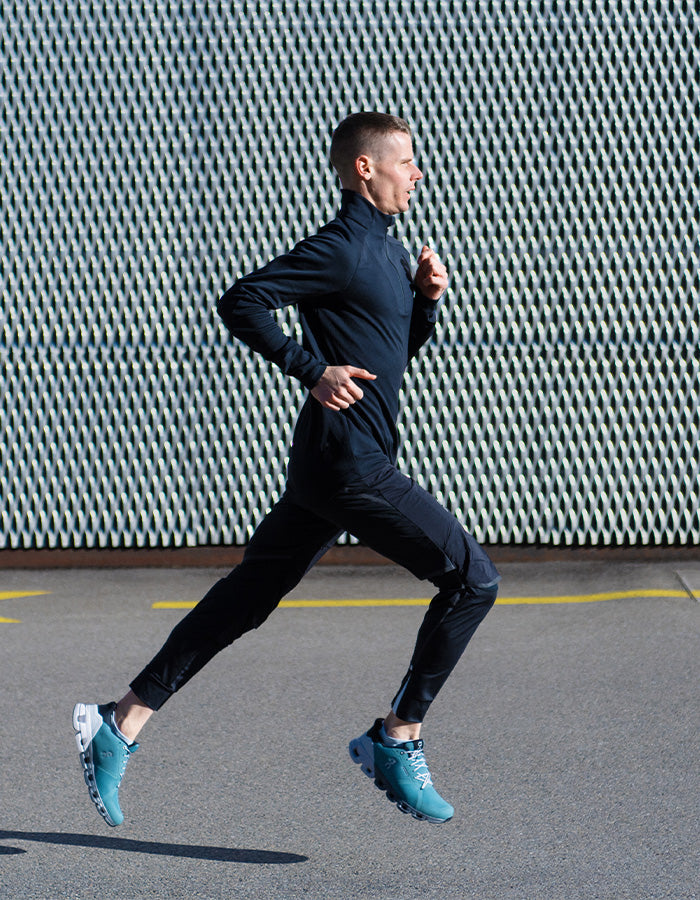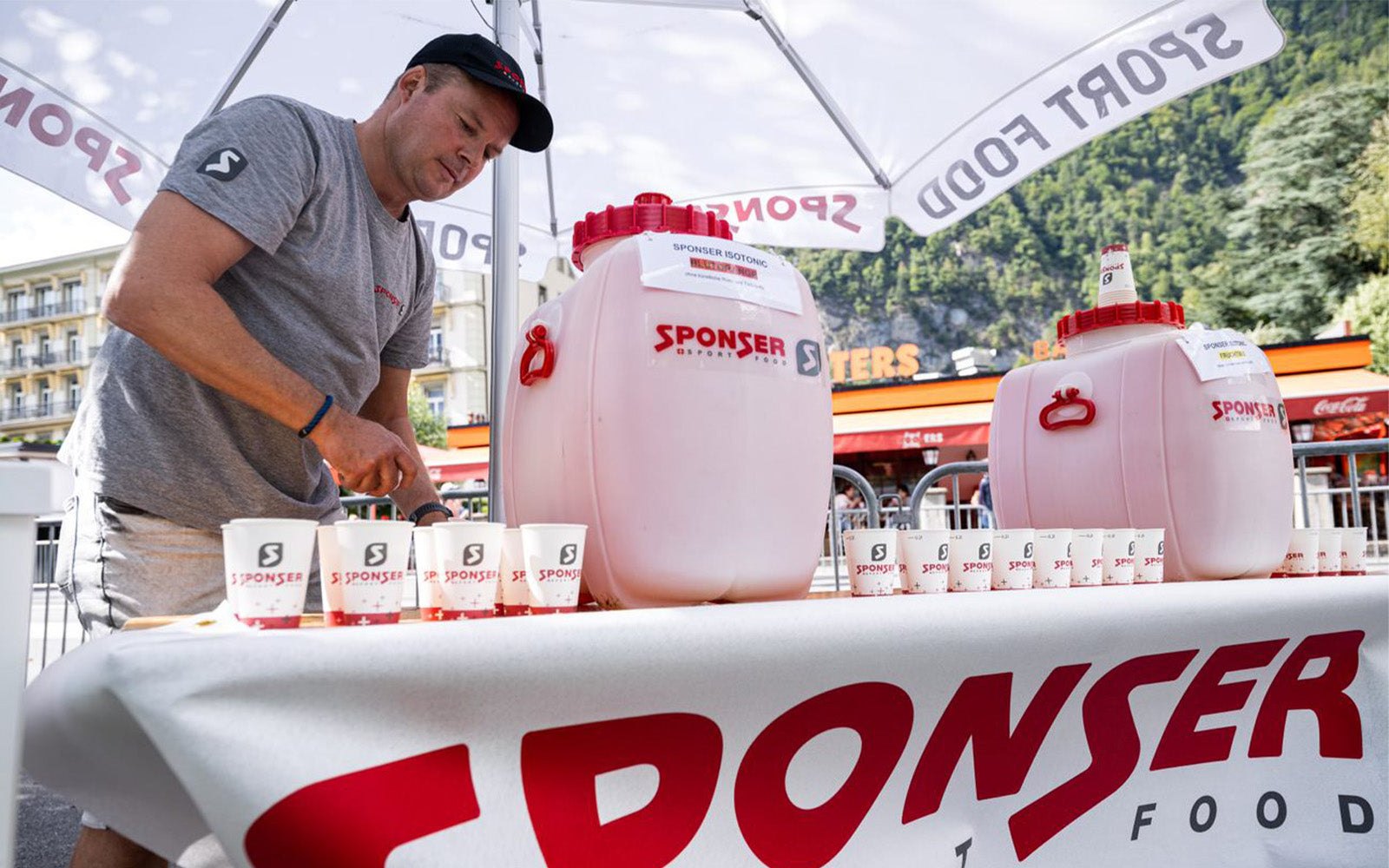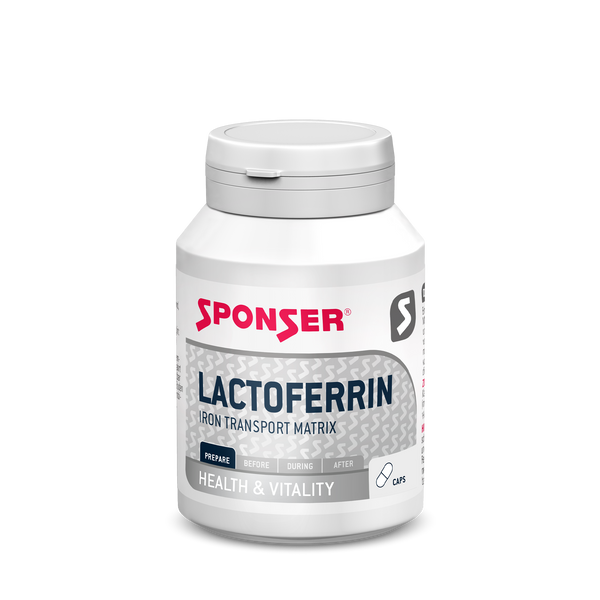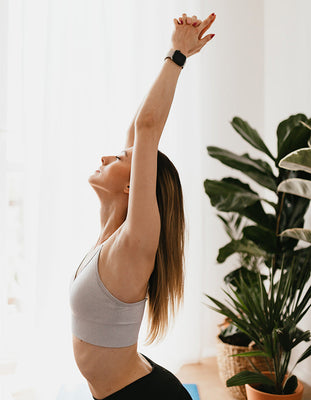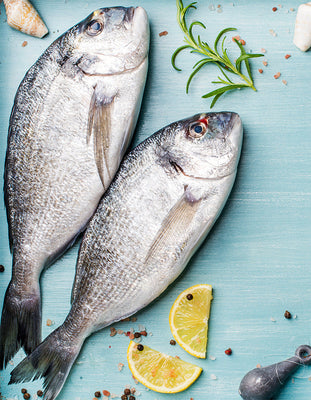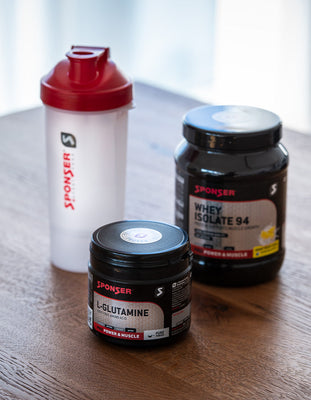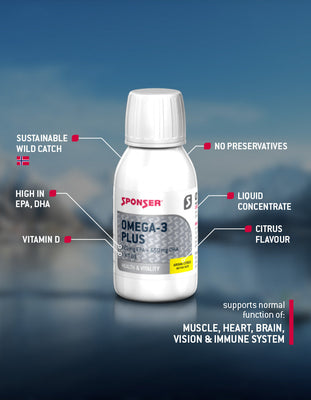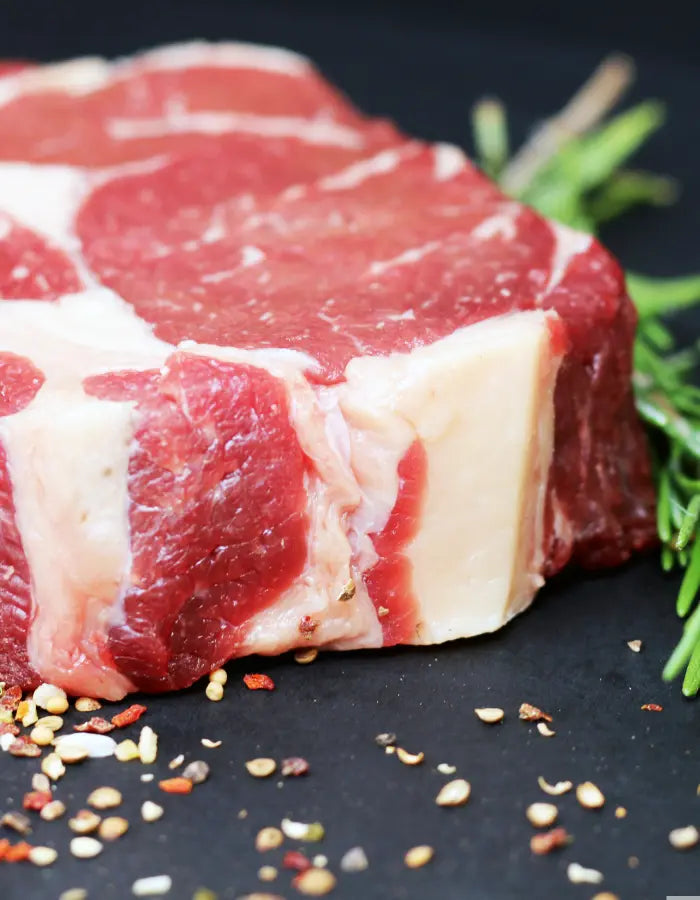
Photo credit: Tom Wieden/Pixabay
Occurrence and absorption of iron in food
The highest iron contents are found in red meat and liver, further in kernels and seeds. However, the absorption rate of iron from foods depends on several factors, incl. the individual iron status. Body iron is found mainly in three chemical forms. Haem-iron is bound in red blood cells to the protein haemoglobin, and in muscles to myoglobin. Haemoglobin transports iron in the blood, myoglobin in muscles. Haem-iron exists only in animal food and is also the iron form with the highest bioavailability of 15 to 35%, whereas free-form iron is much less absorbed (5 to 12%). Free-form iron (Fe) can occur as di- or tri-valent iron (Fe2+, bzw. Fe3+) and is also called non-haem iron. Both haem- and non-haem iron occur in animal food.
The absorption of non-haem iron, in contrast to haem-iron, is influenced by various substances and nutrients in a food matrix. Interestingly, particular proteins found in animal food promote also the absorption from non-haem iron. Furthermore, also citric and ascorbic acid (vitamin C) enhance non-haem iron bioavailability. In this respect, about 100 ml orange juice demonstrate a similar effect like 30 g of muscle meat, enhancing the iron absorption rate for about a factor 2 or 3! On the opposite, polyphenols from e.g. coffee or wine are disadvantageous in terms of iron absorption. It is deemed important to note that the ingestion of a sour beverage during a meal, or to drip lemon juice on one's vegetables, is more beneficial than skipping one's cup of coffee after lunch. Even alcohol, due to its stimulating effect and stomach acid production, influences iron absorption positively. This makes it unclear, if wine consumption is positive or negative regarding iron absorption. A very clear negative effect on iron bioavailability have complex-forming phytates from cereals. A fact which puts a big question mark to iron enrichment in breakfast cereals. At least also here the simultaneous intake of vitamin C or sour beverages improves absorption.
Iron malabsorption can also be caused by various conditions, such as celiac disease, stomach surgery, gastrointestinal, heart or kidney diseases, as well as the infection with the bacteria Heliobacter pylori. Vegetarians and vegans have an increased risk of deficiency since the best bioavailable haem-iron is lacking in their diet. Even more, the predominantly used soy as a protein source contains the above-mentioned phytates hindering iron absorption. Consequently, it is of great importance for these population group to pay attention on dietary means to improve non-haem iron absorption.
Related articles
on » iron
on » health
on » immune system
Literature
Colombani et al. (2015): Infoblatt Eisen (Fe) & Eisenmangel im Sport, Swiss Forum Sport Nutrition.
Author: Remo Jutzeler
Head R&D SPONSER SPORT FOOD
Ing. Applied Food Sciences UAS
MAS Nutrition & Health ETHZ
